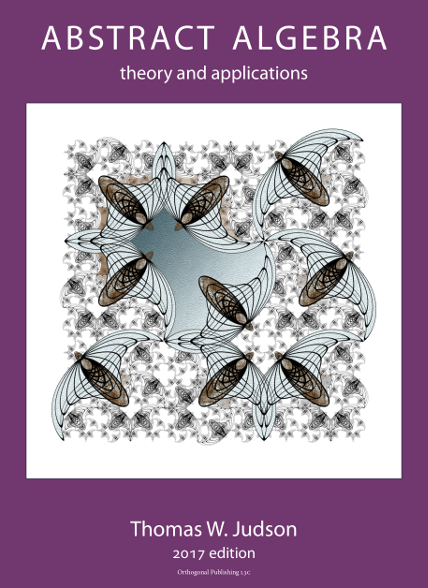Chapter9Normal Subgroups and Factor Groups
¶If \(H\) is a subgroup of a group \(G\text{,}\) then right cosets are not always the same as left cosets; that is, it is not always the case that \(gH = Hg\) for all \(g \in G\text{.}\) The subgroups for which this property holds play a critical role in group theory—they allow for the construction of a new class of groups, called factor or quotient groups. Factor groups may be studied directly or by using homomorphisms, a generalization of isomorphisms. We will study homomorphisms in Chapter 10.
